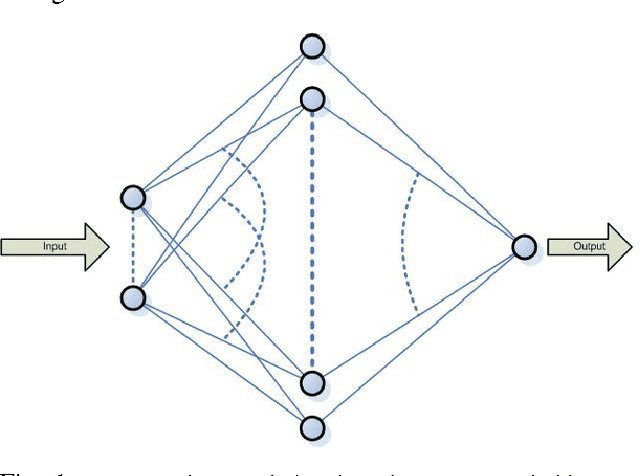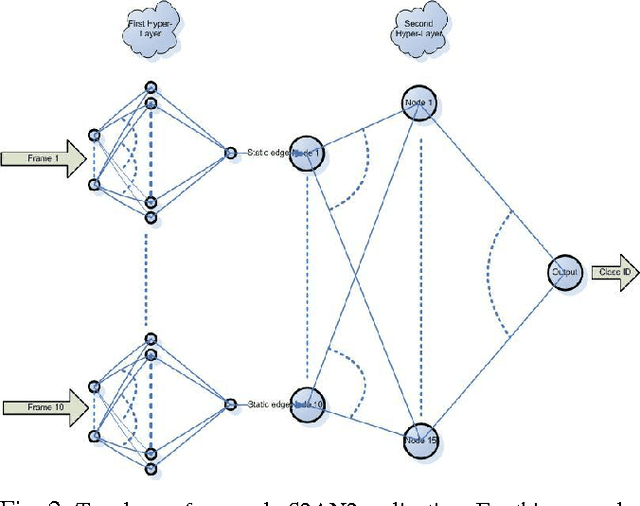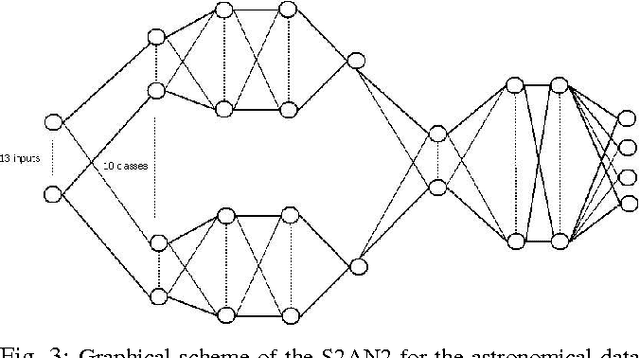Bruno Miranda
Deep-seeded Clustering for Unsupervised Valence-Arousal Emotion Recognition from Physiological Signals
Aug 17, 2023Abstract:Emotions play a significant role in the cognitive processes of the human brain, such as decision making, learning and perception. The use of physiological signals has shown to lead to more objective, reliable and accurate emotion recognition combined with raising machine learning methods. Supervised learning methods have dominated the attention of the research community, but the challenge in collecting needed labels makes emotion recognition difficult in large-scale semi- or uncontrolled experiments. Unsupervised methods are increasingly being explored, however sub-optimal signal feature selection and label identification challenges unsupervised methods' accuracy and applicability. This article proposes an unsupervised deep cluster framework for emotion recognition from physiological and psychological data. Tests on the open benchmark data set WESAD show that deep k-means and deep c-means distinguish the four quadrants of Russell's circumplex model of affect with an overall accuracy of 87%. Seeding the clusters with the subject's subjective assessments helps to circumvent the need for labels.
Pattern Recognition in Collective Cognitive Systems: Hybrid Human-Machine Learning (HHML) By Heterogeneous Ensembles
Aug 31, 2010



Abstract:The ubiquitous role of the cyber-infrastructures, such as the WWW, provides myriad opportunities for machine learning and its broad spectrum of application domains taking advantage of digital communication. Pattern classification and feature extraction are among the first applications of machine learning that have received extensive attention. The most remarkable achievements have addressed data sets of moderate-to-large size. The 'data deluge' in the last decade or two has posed new challenges for AI researchers to design new, effective and accurate algorithms for similar tasks using ultra-massive data sets and complex (natural or synthetic) dynamical systems. We propose a novel principled approach to feature extraction in hybrid architectures comprised of humans and machines in networked communication, who collaborate to solve a pre-assigned pattern recognition (feature extraction) task. There are two practical considerations addressed below: (1) Human experts, such as plant biologists or astronomers, often use their visual perception and other implicit prior knowledge or expertise without any obvious constraints to search for the significant features, whereas machines are limited to a pre-programmed set of criteria to work with; (2) in a team collaboration of collective problem solving, the human experts have diverse abilities that are complementary, and they learn from each other to succeed in cognitively complex tasks in ways that are still impossible imitate by machines.
* International Conference on Artificial Intelligence, WorldComp 2010
 Add to Chrome
Add to Chrome Add to Firefox
Add to Firefox Add to Edge
Add to Edge